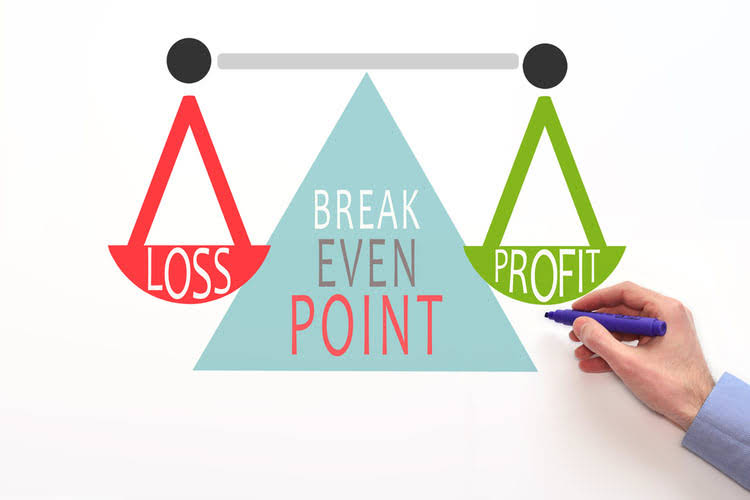
Get ShipBob WMS to reduce mis-picks, save time, and improve productivity. Access Xero features for 30 days, then decide which plan best suits your business.

Stock average
With FIFO, when you calculate the ending inventory value, you’re accounting for the natural flow of inventory throughout your supply chain. This is especially important when inflation is increasing because the most recent inventory would likely cost more than the older inventory. First-in, first-out (FIFO) is one of the methods we can use to place a value on the ending inventory and the cost of inventory sold.
What is the biggest con of using the FIFO method?
Inventory value is then calculated by adding together the unique prices of every inventory unit. FIFO, on the other hand, is the most common inventory valuation method in most countries, accepted by International Financial https://www.bookstime.com/ Reporting Standards Foundation (IRFS) regulations. A higher inventory valuation can improve a brand’s balance sheets and minimize its inventory write-offs, so using FIFO can really benefit a business financially.
FIFO vs LIFO: Comparing Inventory Valuation Methods
Those are the ones that COGS considers first; thus, resulting in lower COGS and higher ending inventory. This article will cover what the FIFO valuation method is and how to calculate the ending inventory and COGS using FIFO. We will also discuss how investors can interpret FIFO and use it to earn more. LIFO will produce a larger cost of goods sold and a lower closing inventory. Under FIFO, the cost of goods sold will be lower and the closing inventory will be higher. This calculation is not exactly what happened because in this type of situation it’s impossible to determine which items from which batch were sold in which order.

Typical economic situations involve inflationary markets and rising prices. The lifo fifo calculator estimates the remaining value of inventory and cost of goods sold(COGS) by using the FIFO and LIFO method. The product inventory management becomes easy with the assistance of this calculator for first-in-first-out and last-in-last-out.
Changing from LIFO to FIFO

The calculation of inventory cost is an important part of filing your business tax return. Like other legitimate business costs, the cost of the products you buy to resell can be deducted from your business income to reduce your taxes. For instance, if a brand’s COGS is higher and profits are lower, businesses will pay less in taxes when using LIFO and are less at risk of accounting discrepancies if COGS spikes.
LIFO vs. FIFO: Inventory Valuation
- This is the opposite of the FIFO method and can result in old inventory staying in a warehouse indefinitely.
- Under FIFO, reported inventory is more likely to approximate the current market value of the inventory.
- When you send us a lot item, it will not be sold with other non-lot items, or other lots of the same SKU.
- Choosing—and sticking to—an inventory valuation method to measure these amounts is essential in keeping tax-ready books.
- To think about how FIFO works, let’s look at an example of how it would be calculated in a clothing store.
- In the end, FIFO is the better method to go with for giving accurate profit as it assumes older inventory to be sold first.
It may also understate profits, which can make the business less appealing to potential investors. Using the FIFO method makes it more difficult to manipulate financial statements, which is why it’s required under the International Financial Reporting Standards. Depending upon your jurisdiction, your business may be required to use calculate fifo FIFO for inventory valuation. The average cost method is the simplest as it assigns the same cost to each item. The average cost is found by dividing the total cost of inventory by the total count of inventory. Choosing—and sticking to—an inventory valuation method to measure these amounts is essential in keeping tax-ready books.
The Financial Modeling Certification
Spreadsheets and accounting software are limited in functionality and result in wasted administrative time when tracking and managing your inventory costs. In inventory management, FIFO helps to reduce the risk of carrying expired or otherwise unsellable stock. In accounting, it can be used to calculate your cost of goods sold (COGS) and tax obligations. Grocery store stock is a common example of using FIFO practices in real life. A grocery store will usually try to sell their oldest products first so that they’re sold before the expiration date.